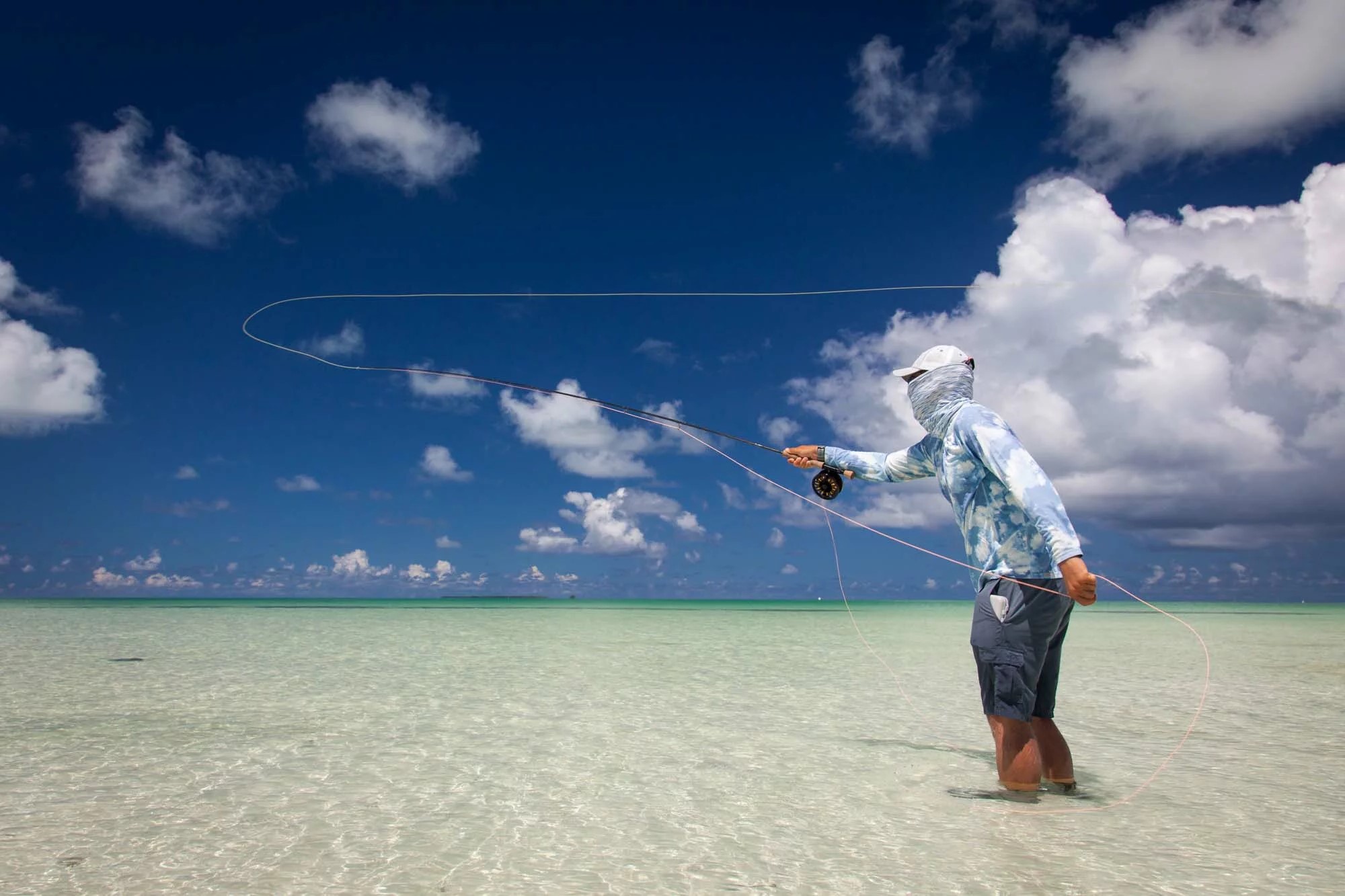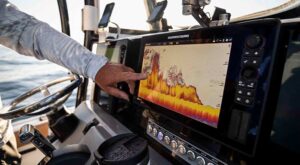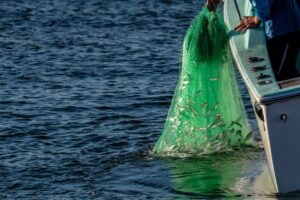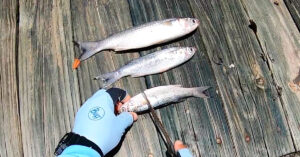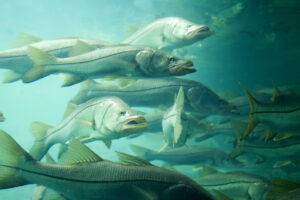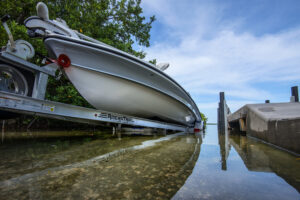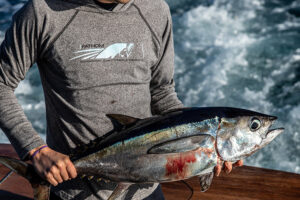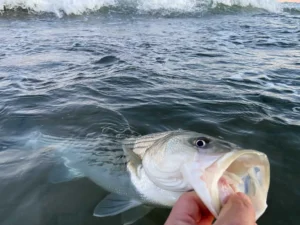Saltwater fly fishing is a thrilling pursuit that combines the art of fly casting with the dynamic environment of the ocean. Unlike freshwater fly fishing, which often takes place in tranquil rivers and streams, saltwater fly fishing demands a whole new level of adaptability, strength, and understanding of marine life. For beginners, it can be intimidating—but also immensely rewarding. This in-depth guide will walk you through everything you need to know to start your saltwater fly fishing journey, from gear selection to casting techniques and fish behavior.
Why Saltwater Fly Fishing?
Saltwater fly fishing opens the door to targeting powerful game fish like tarpon, bonefish, redfish, striped bass, and permit. These fish are fast, strong, and often located in vast, dynamic ecosystems like flats, mangroves, and surf zones. The adrenaline rush of sight fishing and watching a fish take your fly in crystal-clear water is unlike anything else in angling.
Essential Gear for Saltwater Fly Fishing
Saltwater environments are tough on gear. The right equipment is crucial—not only for catching fish, but also for withstanding corrosion and harsh conditions.
1. Rods
- Weight: Most beginners start with an 8- to 10-weight rod depending on the target species.
- Length: A standard 9-foot rod offers a good balance of casting distance and control.
- Action: Fast-action rods are ideal for windy conditions and long casts typical of saltwater fishing.
2. Reels
- Must have a sealed drag system to handle powerful fish and prevent saltwater intrusion.
- A large arbor reel helps retrieve line quickly and reduces coiling.
3. Lines
- Weight-forward floating lines are standard for flats fishing.
- For deeper water, intermediate or sinking-tip lines are used.
- Saltwater lines are stiffer to prevent tangling in hot climates.
4. Leaders and Tippets
- Leaders should be 9–12 feet long, typically ending in 10–20 lb tippet depending on target species.
- Fluorocarbon is preferred for its abrasion resistance and invisibility underwater.
5. Flies
- Common saltwater patterns include Clouser Minnows, Crazy Charlies, Deceivers, and Shrimp/Crab imitations.
- Choose fly patterns based on local forage, water clarity, and target species.
Casting Techniques for Saltwater Fly Fishing
Saltwater casting differs significantly from freshwater trout fishing. You need to be able to cast far, accurately, and often into the wind.
1. Double Haul Cast
- A vital skill for generating line speed and distance.
- Involves pulling on the fly line during both the backcast and forward cast.
- Practice is key; take the time to master this technique before heading to the flats.
2. Quick, Accurate Presentations
- Saltwater species won’t wait—they move fast.
- Practice delivering a fly within 1–2 false casts and being accurate within a 2–3 foot radius.
3. Strip-Set
- Never “trout set” (lifting the rod tip) in saltwater.
- Instead, use a firm line strip to set the hook—this ensures deeper penetration into tough mouths.
Understanding Saltwater Environments
The ocean is a dynamic and complex habitat. Understanding tides, structure, and fish behavior is essential.
1. Flats
- Shallow, sandy or grassy areas where species like bonefish and permit feed.
- Best fished during incoming tides when fish follow the water onto the flats.
2. Mangroves
- Excellent for targeting redfish and snook.
- Require precise casting under overhanging branches.
3. Surf and Jetties
- Striped bass and bluefish are common targets here.
- Be prepared for rougher conditions and fast water movement.
4. Estuaries and Bays
- Great for beginners.
- Generally calmer and offer good access to multiple species.
Tips for Success
1. Hire a Local Guide
- A day on the water with an experienced saltwater guide can drastically shorten your learning curve.
2. Learn to Spot Fish
- Polarized sunglasses are essential.
- Look for shadows, tailing fish, or movement against the current.
3. Practice at Home
- Before your trip, practice casting on grass or at a park.
- Focus on accuracy and double-haul technique.
4. Be Patient and Observant
- Saltwater fly fishing is often about waiting for the right moment.
- Don’t rush your cast—wait for the perfect opportunity.
Common Beginner Mistakes to Avoid
- Using freshwater gear: It won’t stand up to salt and big fish.
- Poor line management: Always be aware of your slack line—it can tangle at the worst times.
- Overcasting: Short, accurate casts often catch more fish than long, sloppy ones.
- Not adapting to the wind: Learn to cast both backhanded and sidearm to handle gusty conditions.
Conclusion
Saltwater fly fishing is one of the most exhilarating forms of angling. It tests your casting skills, knowledge of fish behavior, and gear preparedness. While the learning curve can be steep, the rewards are huge—both in the form of unforgettable catches and the joy of being immersed in vibrant marine ecosystems.
Start simple, focus on building solid fundamentals, and embrace the challenge. Whether you’re stalking bonefish on a Bahamian flat or targeting stripers along the New England coast, saltwater fly fishing offers endless opportunities for adventure.

